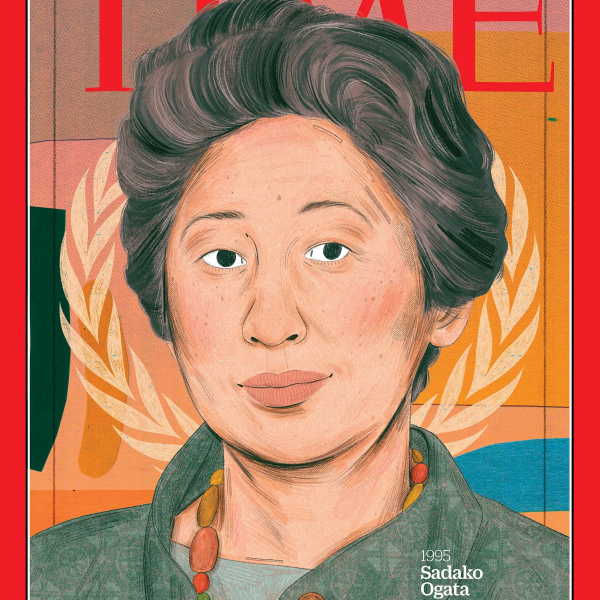The question of whether something is authentic or inauthentic is extremely difficult to define, as demonstrated during today’s class discussion. During this discussion, several other points of debate were introduced, such as the commercialization of art and if art loses its impact or authentic when it reaches a commercial status. Commercialization of a product or an art form, however, can be another measure by which to argue that authenticity has been achieved by true “American” standards. Commercialization of a product, regardless of what that product may be, is a multi-million dollar business and also is a means by which to express one’s self. By its very nature, pop art is largely if not entirely based on the commercialization of society. Andy Warhol’s iconic Campbell soup cans is commonly considered an example of art and Warhol is a widely recognized name. His use of everyday, common images doesn’t make his art any less strong or symbolic; in fact, the everyday common image is the basis of his art. The commercialization of American society was the foundation on which Warhol based his pieces.
 So then the question of authentic versus inauthentic can be changed to be medium specific. Are artists who use auto tuners inauthentic? Are singers who scream at their audience or use their instruments in ways in which they were originally unintended to behaving inauthentically, or are they remaining true to what they consider to be a particular style or genre of music? Is authentic or inauthentic the same as asking if an artist has sold out or not? Many times artists are considered, by general audiences, to have sold out when their musical style becomes more commercially marketable, usually the result of shifting from a smaller or independent label to a major label. But, from the artist’s view, does the opportunity for the shift indicate that they have finally reached success? That they have the opportunity to reach a broader audience?
So then the question of authentic versus inauthentic can be changed to be medium specific. Are artists who use auto tuners inauthentic? Are singers who scream at their audience or use their instruments in ways in which they were originally unintended to behaving inauthentically, or are they remaining true to what they consider to be a particular style or genre of music? Is authentic or inauthentic the same as asking if an artist has sold out or not? Many times artists are considered, by general audiences, to have sold out when their musical style becomes more commercially marketable, usually the result of shifting from a smaller or independent label to a major label. But, from the artist’s view, does the opportunity for the shift indicate that they have finally reached success? That they have the opportunity to reach a broader audience?
There are varying degrees of authenticity and inauthenticity in every piece of art. The inauthenticity perhaps coming from the pieces “stolen” from others or maybe they are still authentic as they are reinterpretations and influences. In the end, when producing art, it is distilled down to the emotions that the artist is attempting to convey at that particular moment and the message within those emotions. The interpretations, the symbolisms, the validity or authenticity is particular to the individual.
-- Andronike Giannopoulos



